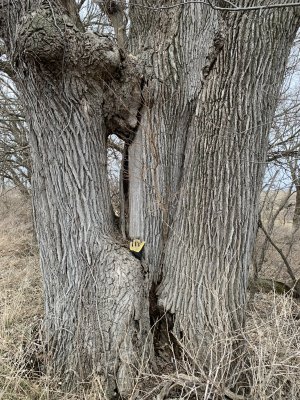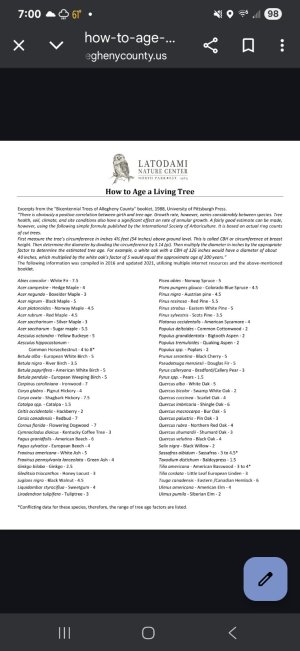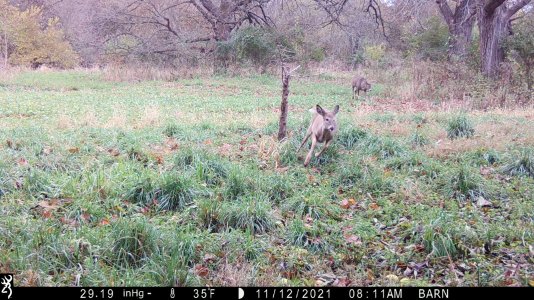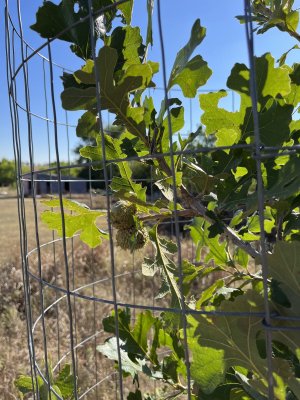SD51555
5 year old buck +
Thinking about that lightning strike oak and how long it might live, I got to wondering how old the burs are in my plots. I've had my property almost ten years, and it seems like they haven't grown at all. So I wondered, how old are they, and how long do they live?
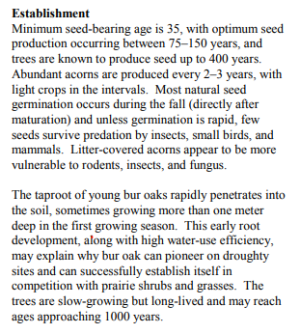
So then I got to wondering, has someone figured out a range to convert DBH to years? Apparently so. I've got a few burs that are pushing 20 inches thick. The quick math is to multiply the diameter times the species factor. So a 20" diameter tree times the bur oak factor of 6.5 = 130 years old. That suddenly changes how I view those trees. They've seen a lot. I kinda feel like I need to be the steward of those big old trees and make sure they continue to stand.

So then I got to wondering, has someone figured out a range to convert DBH to years? Apparently so. I've got a few burs that are pushing 20 inches thick. The quick math is to multiply the diameter times the species factor. So a 20" diameter tree times the bur oak factor of 6.5 = 130 years old. That suddenly changes how I view those trees. They've seen a lot. I kinda feel like I need to be the steward of those big old trees and make sure they continue to stand.

